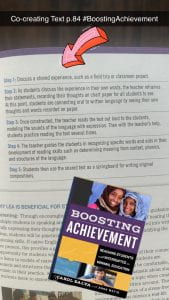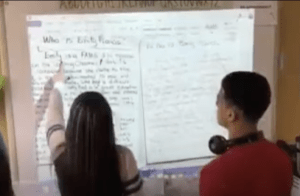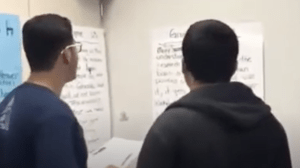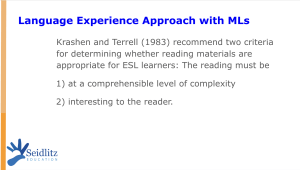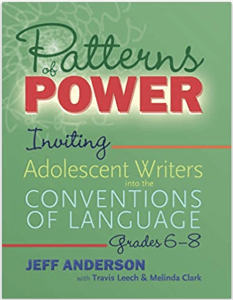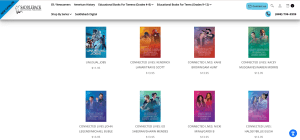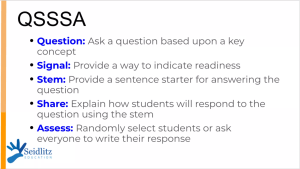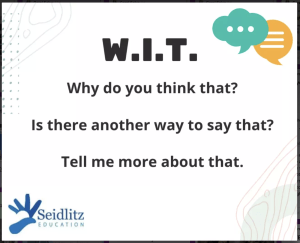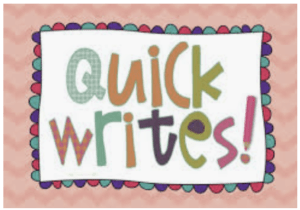Welcome Back! This episode is full of ideas for what we can do to support language acquisition through the re-purposing of co-created text.
You can listen to this episode right here or in your favorite podcast app:
Listen to “BAP115 Five Ideas to Go Beyond Language Experience Approach” on Spreaker.
Re-using the text we created in class was foundational to accelerating language acquisition in my Newcomer classroom. We saw our biggest gains when our routines supported a culture of conversation and students were willingly reading, discussing, and writing without my prompting. Here are five ideas for how to re-use text you have created with your students.
After a while, the Newcomer class could look like this:
Quick Reminder of HOW we co-create Text
If you want more specifics on HOW to create text with your newcomers, please refer to episode 114 or go back and revisit episode 26. I offer a great deal of information on the Language Experience Approach to co-creating text and how I adapted it for my class of older newcomers. Here is a snap of p. 83 of the Boostin Achievement of SLIFE book to refresh your memory on how Anna Matis and I recommend doing this:
A Few Ideas of What to do with Your Co-Created Text
In the show go over just five ideas (of MANY) that are being done for newcomers in language-rich, interactive newcomer classrooms. I talk about each one in depth:
- Re-read these texts for fluency.
- Annotate the text WITH students to make it more comprehensible or more complex. You can do both at the same time.
- Re-enter the text and work with the class to change the writing. (Example: Use our imagination to come up with a different beginning or ending to a retelling,…write an opposing view…offer more ideas on a subject, etc…)
- Use the texts to teach the foundational skills that some of the students need. (They don’t all need the same foundational skills)
- After students are familiar with the above routines, have them choose activities where they are working with partners to “read the room” for one of the activities above. Reading the room can be facilitated with scripts that lead to authentic conversations.
Creating a culture of conversation is KEY

LINKS MENTIONED IN THE SHOW:

Remember, so much is possible because we are creating a culture of conversation. For that, I recommend:
- WIT (for elaboration)
- Quick Writes to get our ideas down on a regular basis before talking. Here is a post on that by Joan Sedita. But don’t over think this. Your newcomers can just free-write for 2 minutes and then start talking
I hope this episode was helpful. Please comment or tag me on Twitter (@DrCarolSalva) or Facebook (@SalvaBlog) with more ideas! There are so many. I know that I and other teachers would benefit from all the sharing.
